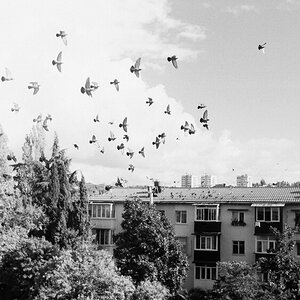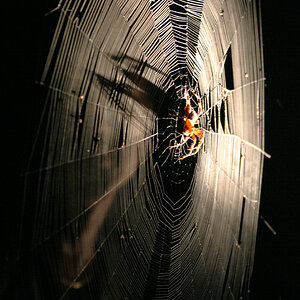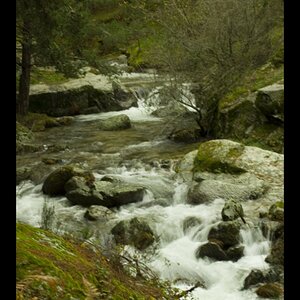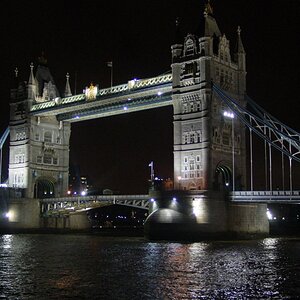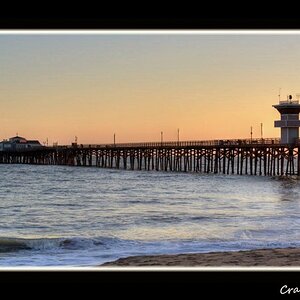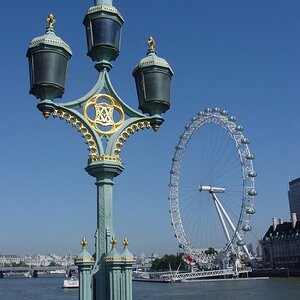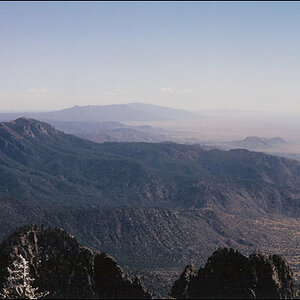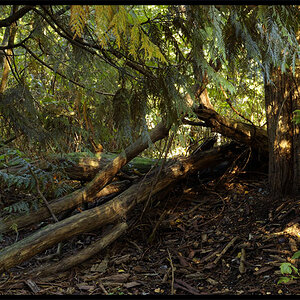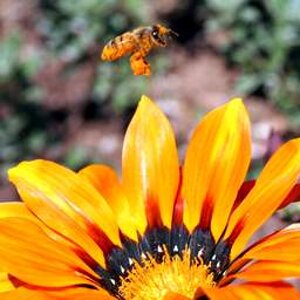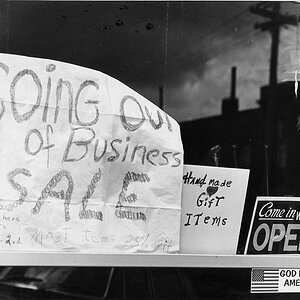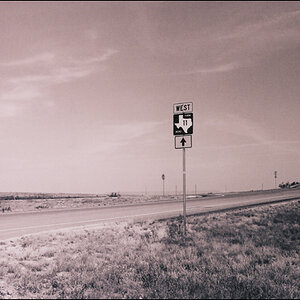Dweller
Inconspicuous Supporter
- Joined
- Apr 19, 2004
- Messages
- 668
- Reaction score
- 3
- Location
- Portland, Oregon
- Can others edit my Photos
- Photos OK to edit
Hello all 
I recently got a used Canon AE-1 Program and am learning my way around this new hobby and this camera.
On my first roll it seemed some of the photos were darker than I was expecting so I tried bracketing on this roll to have some examples of what to expect.
I took a number of pictures (mostly in full sun) by taking on at the settings reccomended by the built in light meter and then would take one each one full stop below and above the reccomendation by adjusting the aperture.
Yesterday I got the pictures developed at a large retail stores "one hour photo" counter. My first roll I used 1 hour developing at a camera store and wanted to compare the output from a "cheaper" location.. saving $1 in the process hehe.
So I get the pictures back and have what look to be 3 almost identical pictures of the same scene.
The film I used this time was Fuji Superia 200 (wow! look at those colors hehe)
So my question is why didn't the bracketing have more noticeable effect? Was it the film? The full sunlight? The processing? My first thought was the machine the used to process it somehow auto-corrected the exposure in the development process.
The lens I used was a 50MM Canon FD 1:1.8 (how would you properly refer to this lens?) Sometimes using a doubler(?) brining it to 100MM and occasionally using a circular polarizing filter.
Thank you all for any input you can offer
I recently got a used Canon AE-1 Program and am learning my way around this new hobby and this camera.
On my first roll it seemed some of the photos were darker than I was expecting so I tried bracketing on this roll to have some examples of what to expect.
I took a number of pictures (mostly in full sun) by taking on at the settings reccomended by the built in light meter and then would take one each one full stop below and above the reccomendation by adjusting the aperture.
Yesterday I got the pictures developed at a large retail stores "one hour photo" counter. My first roll I used 1 hour developing at a camera store and wanted to compare the output from a "cheaper" location.. saving $1 in the process hehe.
So I get the pictures back and have what look to be 3 almost identical pictures of the same scene.
The film I used this time was Fuji Superia 200 (wow! look at those colors hehe)
So my question is why didn't the bracketing have more noticeable effect? Was it the film? The full sunlight? The processing? My first thought was the machine the used to process it somehow auto-corrected the exposure in the development process.
The lens I used was a 50MM Canon FD 1:1.8 (how would you properly refer to this lens?) Sometimes using a doubler(?) brining it to 100MM and occasionally using a circular polarizing filter.
Thank you all for any input you can offer


